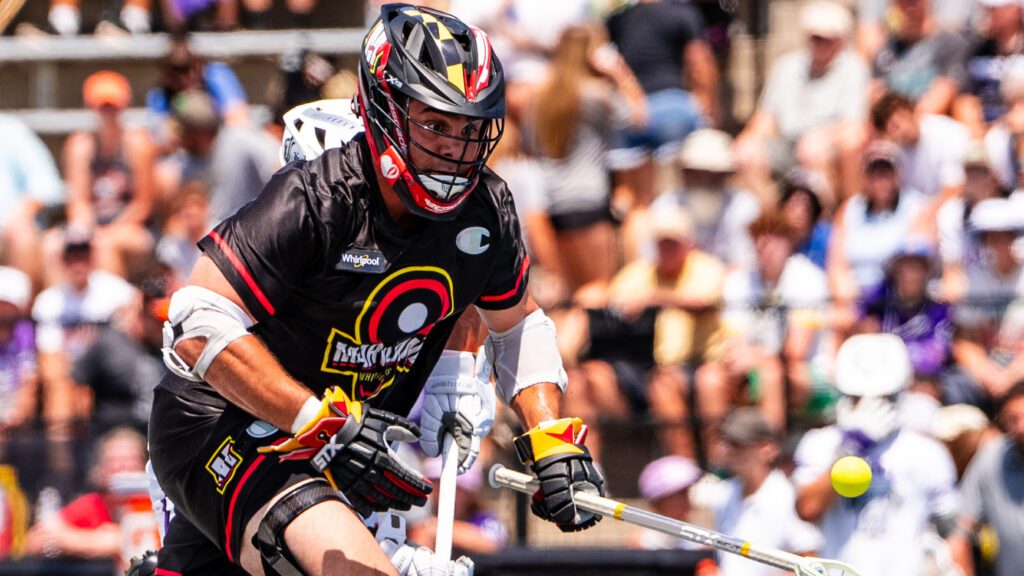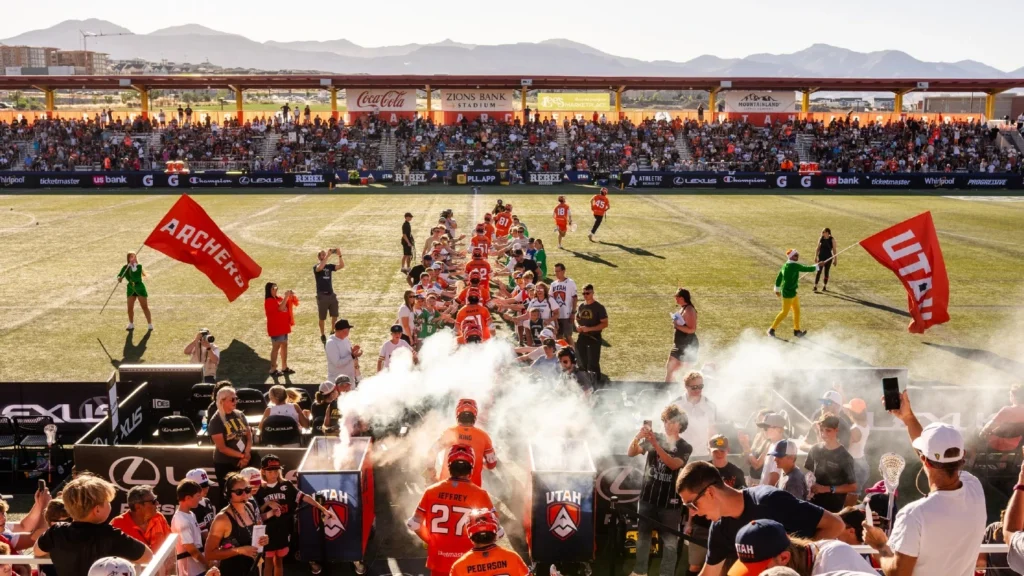
How Joe Nardella, versatile wings have supercharged Whipsnakes’ 32-second offense
By Adam Lamberti | Aug 14, 2024
The Whipsnakes are the hottest team heading into the Cash App Playoffs, and their early offense off the faceoff win has much to do with their recent success.
Through the first six games of the season, Maryland was operating at a 14.3% efficiency in 32-second shot clocks. Through the last four games of the regular season, the Whipsnakes are operating at nearly double that efficiency (27.4%).
The biggest reason behind that is Joe Nardella’s return to dominance in the back half of the season.
Nardella leads the league in faceoff percentage, has five goals (four in the last four games) and is leading all faceoff specialists in shooting percentage by a wide margin at 62.5%.
“A couple of years ago, Joe Nardella was the [Paul Cantabene] Faceoff Man of the Year in our league,” head coach Jim Stagnitta said after last Friday’s 16-9 win over the Outlaws in Denver. “He’s, again, another consummate professional who prepares, who knows everything about the opponent; he’s a great leader in the locker room, he’s a winner, he’s been around it a long time, and when we have been at our best, we’re great up the middle of the field.”
Perhaps the most impressive moment this year for me was Nardella winning the faceoff, switching to his weak left hand and stinging the top corner on the run.
Not only is winning faceoffs at a league-leading clip an advantage, but having a faceoff specialist be able to score goals in this fashion is demoralizing for opponents.
“It just helps the offense so much,” rookie attackman TJ Malone said. “It’s a backbreaker for the other team.”
Along with Nardella, the Whipsnakes are getting regular offensive contributions from their faceoff wings, as well.
The biggest adjustment from last season is adding more offensive firepower to the wings. The Whipsnakes have used Colin Heacock, Jack Koras and Adam Poitras in that spot to be an immediate threat on a win.
“I used to struggle with the 32-second clock,” Stagnitta said, “but now I think we have the personnel to allow us to play fast in that 32 seconds, so winning faceoffs is not a detriment, trading 32[-second shot clocks] for 52[-second shot clocks] for us.”
And when the Whipsnakes don’t score immediately off the wing, they can keep any one of those guys on the field in offense sets. Last weekend, the Whipsnakes scored two goals when Koras remained on the field following a faceoff win. It doesn’t seem like much, but having a wing player stay means one fewer guy to sub off, thus speeding up the process of getting into their offense and maximizing every second of that 32-second shot clock.
The Whipsnakes also just traded for midfielder Ryan Conrad, who took wings in his first game last weekend in Denver. While Conrad didn’t have any immediate production in that spot (he had three goals and one assist in settled sets), it’s something he’s comfortable with as he did in college, and I expect it to be an asset for the Whipsnakes moving forward.
Looking beyond just the Whipsnakes, having more offensive midfielders on the faceoff wing is a trend we’ve seen around the league in 2024.
The top-seeded New York Atlas stand out as a prime example, with Conrad’s college teammate Dox Aitken scoring multiple goals off the wing this season. Atlas rookie Jake Stevens also had back-to-back goals off the wing last weekend.
Like Stagnitta said, with a hot Joe Nardella, immediate offensive threats on the wings and a streamlined substitution pattern, the Whipsnakes now view the 32-second shot clock as an advantage, and it’s showing in the results.







